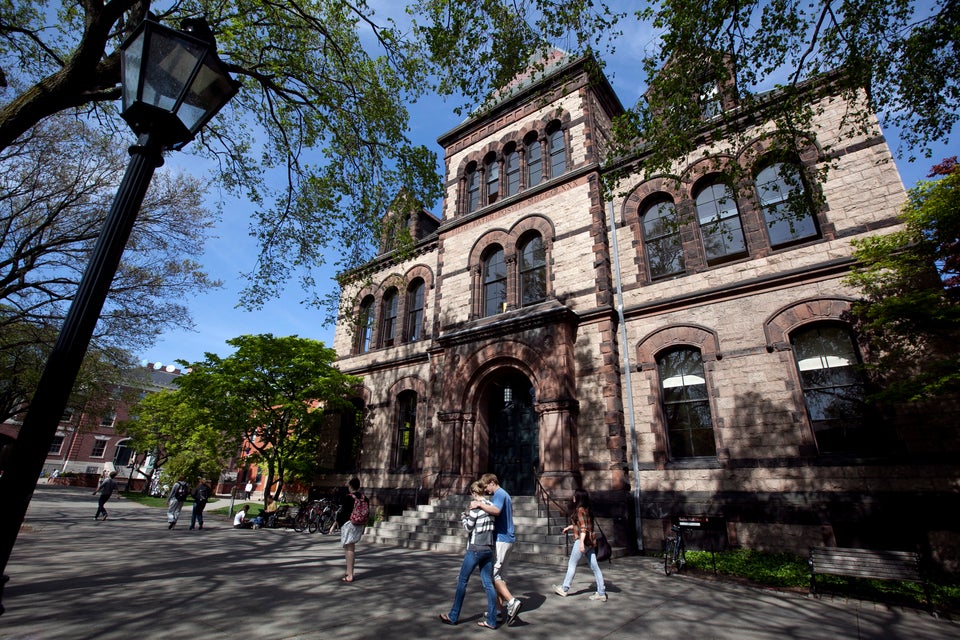It was late at night, around 10 p.m., when I hit "send" and filed my very last FAFSA form. It's a stressful time of year. I have to complete my tax return first and it seems like everyone I've ever worked for is a procrastinator. They mail the W-2s and the 1099s on January 31st, even the large corporation where I worked in a cubicle. The corporation that stressed time management and efficiency, but wasted so much time on employee meetings about time management and efficiency, no one got the W-2s out until the deadline.
I have filled out the FAFSA (Free Application for Federal Student Aid) for 15 years now. First, I helped my sister with her boys returns. They were born five years apart, so that spanned nine years, with a one year break. Then, it was my turn. My brother-in-law and my husband are self-employed, a landscaper and a house painter. So there's a lot of bookkeeping to do before filing a Schedule C. My brother-in-law was a lot better at record keeping than my husband. One of my chores is a year-end trip to my husband's truck to search for receipts that have fallen between the seats or are buried under drop cloths or stuffed into the bottom of a box of paint cans.
I've seen financial aid go through a lot of changes over the years. Gone are the days when I attended college and a middle class family with a stay-at-home mom could send four kids to college without refinancing the house.These are the years when the middle class is getting squeezed. Aid gets cut and tuition continues to rise. The median household income in 2014 was $53,891. The cost of attending a state university, including room and board, is around $32,000. Private colleges can be as high as $56,000. Daunting, isn't it?
So, here's some advice. Keep in mind that it's anecdotal. I am sharing my experience in the hopes it might help you too.
1. Keep an open mind. I'm talking about your student here. For families that need financial aid to help pay for college, there are no dream schools. There is no early acceptance application. Your child can certainly apply to their dream school, but they need to understand that the Rolling Stones got it right: "You don't always get what you want, but if you keep an open mind, you might just get what you need." In today's world, you need a college degree.
Explain the importance of earning a degree, but also talk realistically about the expense. Make it clear they may have to go to the school that makes the best offer. I made an Excel spreadsheet detailing tuition/scholarships/grants/loans, with the bottom line of DEBT YOU WILL OWE AFTER GRADUATING highlighted in yellow. It was anywhere from $24,000 to $180,000. Trust me, most 18-year-olds will understand these numbers.
2. Choose your schools wisely. Visit them. Make sure your child will be comfortable at each of the schools he or she applies to, because any one of them could be The One. My oldest applied to nine schools and my youngest applied to six. Sounds expensive, right? Not really, when you consider the potential package you might get. Some applications cost as little as $35. A lot of private universities have programs with high schools to waive the application fee. I spent from $450 to $600 and received combined packages of University grants, scholarships, and Stafford loans in the thousands. It is well worth the up front expenditure.
3. Your student does not need to be an A+ student to earn a scholarship. Neither one of my daughters were, and they both received scholarships and grants. Look for up-and-coming schools. Do your research. There are plenty of websites that can help you get the best bang for your buck.
4. Private schools are not necessarily going to cost you more. State universities have been hit hard with state budget cuts. They are also courting out-of-state students because they pay higher tuition. When applying to college, have a good mix of state and private schools. When all was said and done, my kids ended up at private colleges whose bottom line, DEBT YOU WILL OWE AFTER GRADUATING, was less than both the University of New Hampshire and Plymouth State, where they received only Stafford loans. And oh, of course there was that rather large loan they offer to parents. Make it clear to your student you will not be accepting that. An 18-year-old has a lot more years to pay off a reasonable debt than you do. You need to be saving for retirement.
5. Make sure you have a well rounded application. Decent grades, sports, theater or music activities, and a good essay. The essay really matters. Schools want to hear the student's voice. Lots of kids nowadays are attending expensive camps and workshops, taking SAT prep classes and playing elite sports. The college essay is your student's chance to stand out as an individual.
College is the beginning of the real world. It's a time to learn how to live on your own, compromise,and make the most of the roadblocks and opportunities life sends your way. Most families can't provide their kids with the expensive school of their dreams. But with a little work and an open mind, they can give their kids an education that will get them off to a great start without a mountain of debt.
